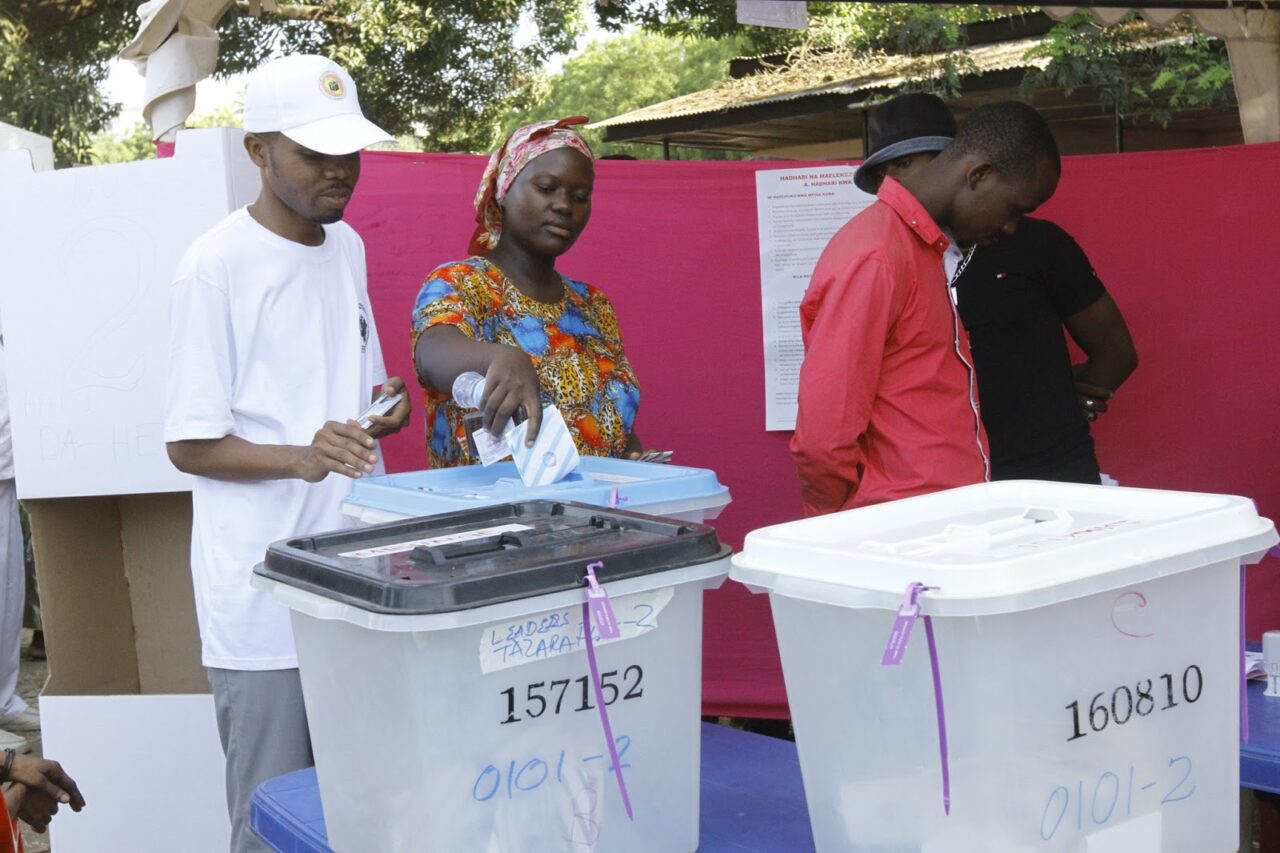The Central Government Debt stock of the United Republic of Tanzania stood at 71.98 trillion shillings (USD 31,188.07 million) at the end of September 2022 according to a recent report issued by the Ministry of Finance and Planning, were 25.54 trillion shillings equivalent to 35.5 percent is domestic debt and 46.44 trillion shillings equivalent to 64.51 percent is external debt.
Multilateral institutions dominate central government external debts by 61 while other external lenders include Commercial banks and the Export Credit Agency (ECA) accounting for 28 per cent and Bilateral creditors accounting for 11 per cent of the total central government external debt.
For domestic debt, government bonds account for 79.8 per cent and treasury bills account for 6.9 per cent of the total domestic debt stock. Other debt instruments such as overdrafts from the Bank of Tanzania, NMB bank plc standard loan and duty drawback account for 13.3 per cent of the domestic debt stock.
The Ministry report shows total central government debt has increased by 8.34 trillion shillings equivalent to a 13.01 percent increase compared to the period ending September 2021. This increase has been associated with government commitment to finance development projects.
Despite the increase in the debt, the report insists that Tanzania’s debt remains sustainable in the short, medium to long-term as it has been revealed in the Debt Sustainability Analysis (DSA) conducted in November 2021.
The critical challenge that faces Tanzania at the moment is the dwindling of its foreign exchange reserve resulted from the shocks brought by the Ukraine-Russia war. Tanzania foreign exchange reserve by September 2022, stood at USD 4.9 billion sufficient to cover 4.2 months of import.
Due to the increased cost of import of fuel and fertilizers Tanzania’s current account has recorded a deficit of USD 1.7 billion between July 2022 and September 2022, compared to a deficit of USD 331.3 million during the same period last year.
While export of goods and services had a modest increase to USD 3.4 billion from USD 2.7 billion. Import of good and services has increased by 69 percent to USD 5 billion recorded between July 2022 and September 2022, from 2.9 billion recorded in 2021.
This means an increased stress to Tanzania in meeting its debt obligation as well as its import demand.
The International Monetary Fund (IMF) report published in early August 2022 mentioned that Tanzania’s risk of external debt distress remains moderate. The IMF suggests that the government should revamp revenue mobilization and investment projects which have socio-economic payoffs in order to maintain fiscal and debt sustainability.




